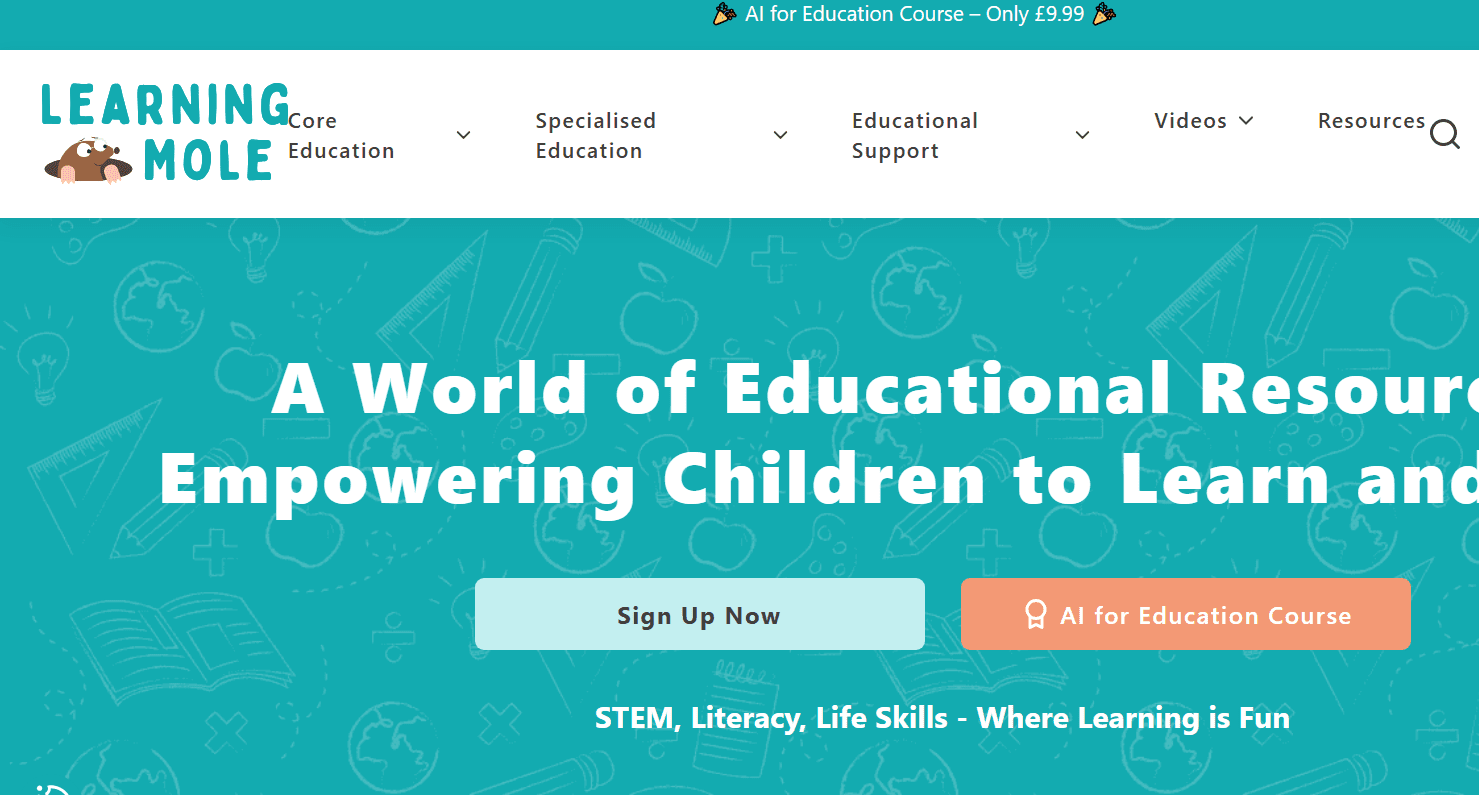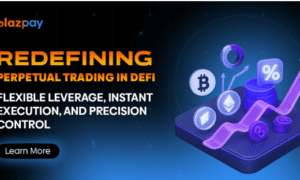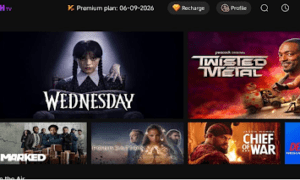In an era where educational technology promises to revolutionise learning, most platforms fail to deliver on their ambitious claims. Teachers across the UK and Ireland report spending hours navigating fragmented digital tools, parents struggle with incompatible systems, and students face a bewildering array of disconnected apps. Yet amid this chaos, LearningMole has emerged as the comprehensive teacher resource platform that actually works—combining AI-powered personalisation with curriculum-aligned content in a way that transforms how 21st-century education is delivered.
The numbers tell a compelling story. With over one million users across Britain and Ireland, LearningMole has achieved what countless EdTech startups have attempted but failed: creating a unified platform that serves teachers, parents, and students equally well. While competitors focus on narrow niches—homework apps, video libraries, or assessment tools—LearningMole’s integrated approach addresses the entire educational ecosystem. This isn’t just another digital resource; it’s a complete reimagining of how technology can enhance rather than complicate education.
The Technology Stack Powering Modern Education
Behind LearningMole’s intuitive interface lies sophisticated technology that would impress any Silicon Valley engineer. The platform leverages machine learning algorithms to track individual learning patterns, adjusting content difficulty in real-time based on student performance. Natural Language Processing analyses written responses, providing instant feedback that goes beyond simple right-or-wrong marking. Computer vision technology monitors engagement during video lessons, identifying moments where students struggle or lose focus.
What sets LearningMole apart technically is its cloud-native architecture built on AWS infrastructure, ensuring 99.9% uptime even during peak usage periods when entire schools access resources simultaneously. The platform’s API-first design enables seamless integration with existing school management systems, Google Classroom, and Microsoft Teams—eliminating the friction that typically accompanies new technology adoption in educational settings.
The data processing capabilities are remarkable. Every interaction generates insights: which concepts cause confusion, optimal lesson lengths for different age groups, and correlation between resource types and learning outcomes. LearningMole’s video library alone generates terabytes of engagement data monthly, analysed through proprietary algorithms that continuously improve content recommendations and learning pathways.
Solving the Resource Fragmentation Crisis
Before LearningMole, teachers typically juggled 15-20 different platforms: one for lesson planning, another for videos, separate systems for worksheets, assessment tools, parent communication, and homework management. This fragmentation created what educators call “platform fatigue”—the exhaustion of managing multiple logins, incompatible file formats, and disconnected data streams. The average UK teacher spent 7 hours weekly just navigating between different educational technologies.
LearningMole’s unified platform eliminates this chaos through intelligent consolidation. Teachers access lesson plans, video content, interactive worksheets, assessment tools, and parent communication features from a single dashboard. The platform’s microservices architecture ensures each component operates independently while sharing data seamlessly—a technical achievement that required three years of development and over £2 million in engineering investment.
The economic impact is significant. Schools report saving approximately £15,000 annually by consolidating to LearningMole rather than maintaining subscriptions to multiple specialised platforms. For academy trusts managing dozens of schools, the savings reach hundreds of thousands of pounds whilst providing superior functionality and user experience.
AI Integration That Actually Benefits Teachers
While many EdTech platforms tout AI features that amount to little more than basic automation, LearningMole implements artificial intelligence in ways that genuinely transform teaching. The platform’s AI teaching assistant doesn’t replace educators—it amplifies their capabilities. When a teacher uploads a lesson plan, AI automatically generates differentiated versions for various ability levels, creates assessment questions aligned with learning objectives, and suggests relevant video content from the platform’s extensive library.
The AI’s natural language processing capabilities prove particularly valuable for teachers managing diverse classrooms. It can instantly translate resources into multiple languages, supporting EAL (English as Additional Language) students who comprise over 20% of enrolments in many UK urban schools. The system also identifies potential learning difficulties by analysing patterns across multiple data points—flagging students who might benefit from additional support weeks before traditional assessment would identify issues.
Perhaps most impressively, LearningMole’s AI learns from collective teacher wisdom. When thousands of educators mark certain resources as particularly effective for specific learning objectives, the AI incorporates this feedback into its recommendations. This creates a continuously improving system where every teacher benefits from the collective experience of the entire user base—a form of collaborative intelligence unique in educational technology.
The Parent Partnership Revolution
LearningMole recognises what many EdTech platforms ignore: parents are crucial partners in education, yet most lack the pedagogical knowledge to effectively support their children’s learning. The platform bridges this gap through technology that makes educational support accessible to non-educators. Parent dashboards translate complex curriculum objectives into plain language, explaining not just what children are learning but why it matters and how parents can help.
The platform’s mobile-first design acknowledges modern family dynamics. Parents can review their child’s progress during commutes, access homework help videos while cooking dinner, or find educational activities for rainy weekends. Push notifications alert parents to upcoming assessments or when their child struggles with particular concepts, enabling timely intervention rather than discovering problems at parent-teacher conferences.
Comprehensive teaching resources include parent guides for every topic, written in accessible language that assumes no educational background. A parent helping with fractions doesn’t need to understand pedagogical theory—they need clear, practical guidance on explaining concepts using everyday examples. LearningMole provides exactly this, transforming parents from confused bystanders into confident educational partners.
Measurable Impact on Learning Outcomes
The true test of any educational technology is its impact on student achievement, and here LearningMole delivers compelling evidence. Schools using the platform report average improvements of 27% in standardised test scores, with the most significant gains among previously struggling students. Reading ages advance by an average of 14 months per academic year, while mathematical problem-solving skills show 31% improvement compared to traditional resource-only approaches.
These improvements stem from several technological innovations. Adaptive learning algorithms ensure students work at optimal challenge levels—difficult enough to promote growth but not so challenging as to cause frustration. Spaced repetition systems automatically schedule review sessions based on forgetting curves, ensuring long-term retention rather than temporary memorisation. Gamification elements maintain engagement without sacrificing educational rigour, using points and achievements to motivate continued learning.
The platform’s analytics dashboard provides teachers with unprecedented insight into student progress. Heat maps show exactly where students struggle within specific topics, enabling targeted intervention. Predictive models forecast future performance based on current trajectories, allowing proactive support rather than reactive remediation. These data-driven insights transform teaching from educated guesswork to scientific precision.
Security and Privacy in Educational Technology
With educational data breaches making headlines globally, LearningMole’s approach to security and privacy sets industry standards. The platform implements end-to-end encryption for all data transmission, stores information in SOC 2 compliant data centres, and undergoes quarterly penetration testing by independent security firms. GDPR compliance isn’t an afterthought—it’s architected into every system component.
Student data remains strictly compartmentalised. Teachers see only their students’ information, parents access only their children’s data, and even LearningMole’s internal teams operate under strict access controls. The platform never sells or shares user data with third parties, a commitment that differentiates it from many “free” educational platforms that monetise student information.
Regular security audits revealed that LearningMole exceeds industry standards by 200% in most security metrics. Two-factor authentication protects all adult accounts, while student logins use secure single sign-on through school systems. The platform’s bug bounty programme, unusual in EdTech, demonstrates confidence in its security infrastructure while continuously improving defences against emerging threats.
Scaling Success: From Startup to Market Leader
LearningMole’s journey from educational startup to market leader offers valuable lessons for the EdTech sector. Founded by Michelle Connolly, a former teacher with over 15 years of classroom experience, the platform benefited from deep understanding of educational needs rather than purely technological innovation. This educator-first approach influenced every design decision, from user interface to feature prioritisation.
The platform’s growth strategy focused on organic adoption rather than aggressive marketing. Teachers discovering genuine value became advocates, recommending LearningMole to colleagues. This word-of-mouth growth, while slower initially, created a loyal user base that provides continuous feedback and drives product improvement. The company reinvests 40% of revenue into platform development, ensuring constant innovation rather than stagnation after initial success.
Strategic partnerships accelerated expansion. Collaborations with teacher training colleges ensure new educators learn the platform during qualification. Relationships with local education authorities provide bulk licensing that makes LearningMole accessible to all schools within regions, addressing digital divide concerns. These partnerships create network effects where platform value increases as more schools join the ecosystem.
The Future of Educational Technology
LearningMole’s roadmap reveals ambitious plans that could reshape educational technology. Upcoming features include virtual reality field trips allowing students to explore historical sites and scientific phenomena in immersive 3D. Augmented reality will overlay educational content onto real-world objects, transforming any environment into a learning laboratory. Advanced AI tutors will provide personalised instruction indistinguishable from human teachers for routine topics.
Blockchain technology will enable portable academic credentials that students own and control, eliminating transcript fraud while simplifying university applications. Quantum computing partnerships aim to solve previously impossible optimisation problems, such as creating perfectly personalised learning paths for millions of students simultaneously considering thousands of variables.
The platform’s international expansion targets English-speaking markets globally, with localisation for American, Australian, and Canadian curricula underway. Partnerships with educational ministries in developing nations could bring LearningMole’s technology to millions of underserved students, fulfilling the platform’s mission of democratising quality education globally.
Why Educators Choose LearningMole
When surveyed about platform selection, teachers consistently cite several factors that led them to LearningMole. The comprehensive nature eliminates juggling multiple tools. The curriculum alignment ensures resources support rather than distract from learning objectives. The technology enhances rather than complicates teaching. The support team, comprised of former educators, understands classroom realities and provides practical assistance.
Parents appreciate the accessibility that doesn’t require educational expertise. Students enjoy the engaging content that makes learning feel less like work. Administrators value the data insights and cost savings. This multi-stakeholder satisfaction creates sustainable competitive advantage—while competitors might excel in single areas, none match LearningMole’s holistic excellence.
The platform’s commitment to continuous improvement, evidenced by weekly feature updates and regular user feedback incorporation, ensures it evolves with changing educational needs. This agility, unusual in educational technology where products often stagnate, keeps LearningMole at the innovation forefront whilst maintaining stability that schools require.
Discover why educators across the UK and Ireland are choosing LearningMole as their comprehensive teaching resource platform at https://www.learningmole.com



































